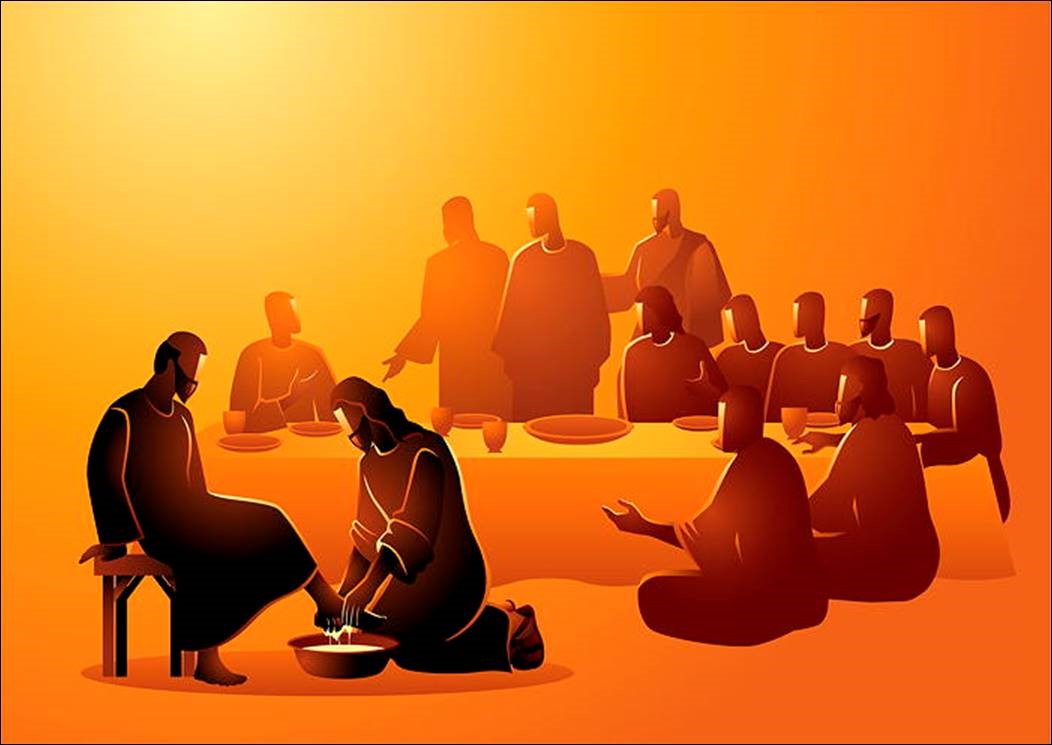 French artist Gustave Doré (1832–1883) created 241 wood-engravings for a deluxe edition (Grande) of the 1843 French translation of the Vulgate Bible, popularly known as the Bible de Tours. La Grande Bible de Tours was simultaneously published in two volumes in 1866 by Mame in Tours, France and by Cassell & Company in the United Kingdom.
French artist Gustave Doré (1832–1883) created 241 wood-engravings for a deluxe edition (Grande) of the 1843 French translation of the Vulgate Bible, popularly known as the Bible de Tours. La Grande Bible de Tours was simultaneously published in two volumes in 1866 by Mame in Tours, France and by Cassell & Company in the United Kingdom.
Below are the engravings—and the Bible passages they illustrate—depicting the final hours of Jesus before his burial and resurrection. Click each image to enlarge it and each Bible reference to read the Scripture text and its corresponding reference note in the STUDY tab on Bible Gateway.














 By Shauna Niequist
By Shauna Niequist